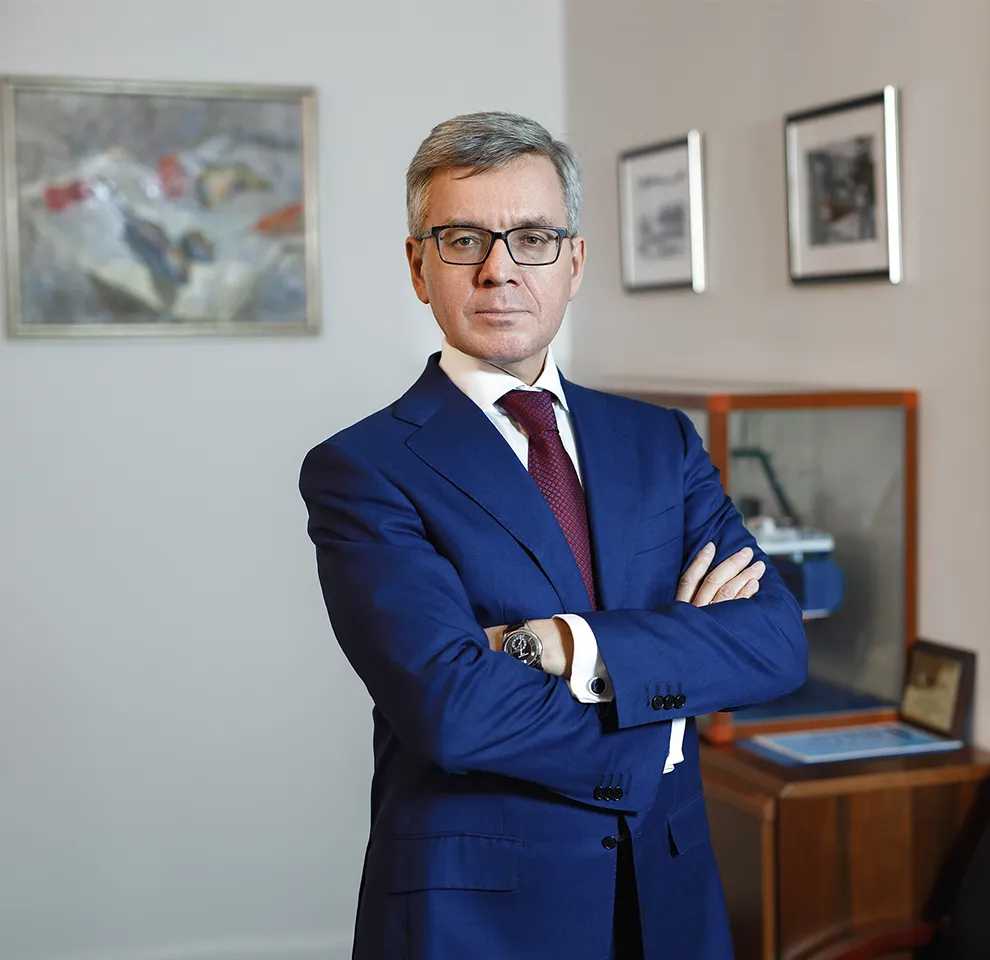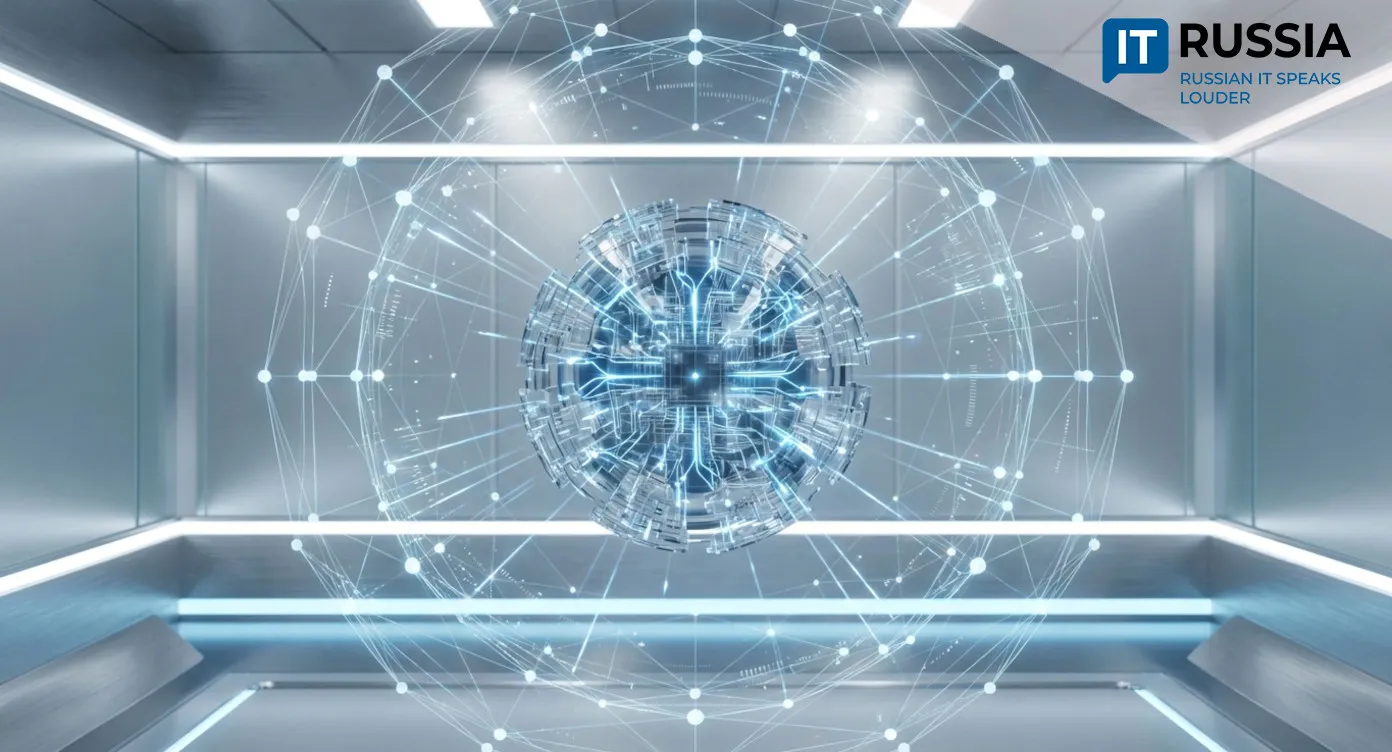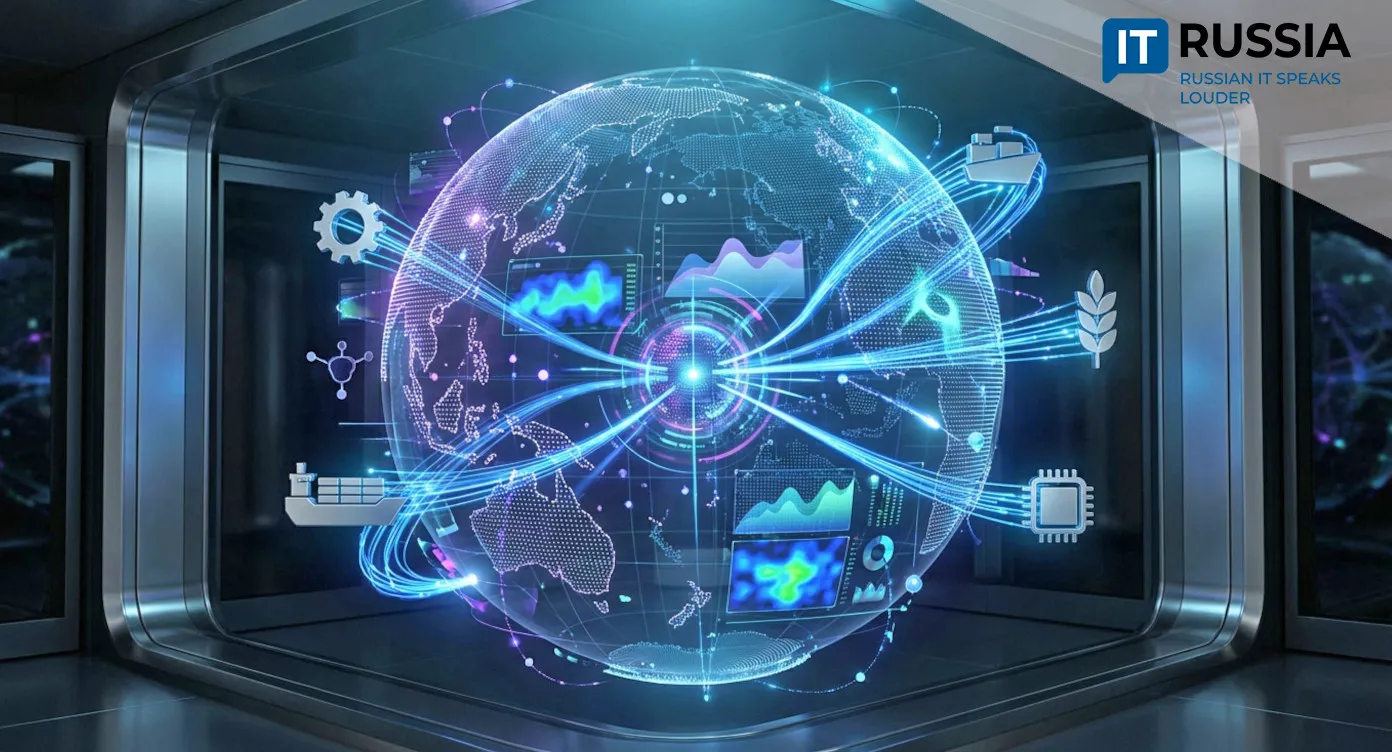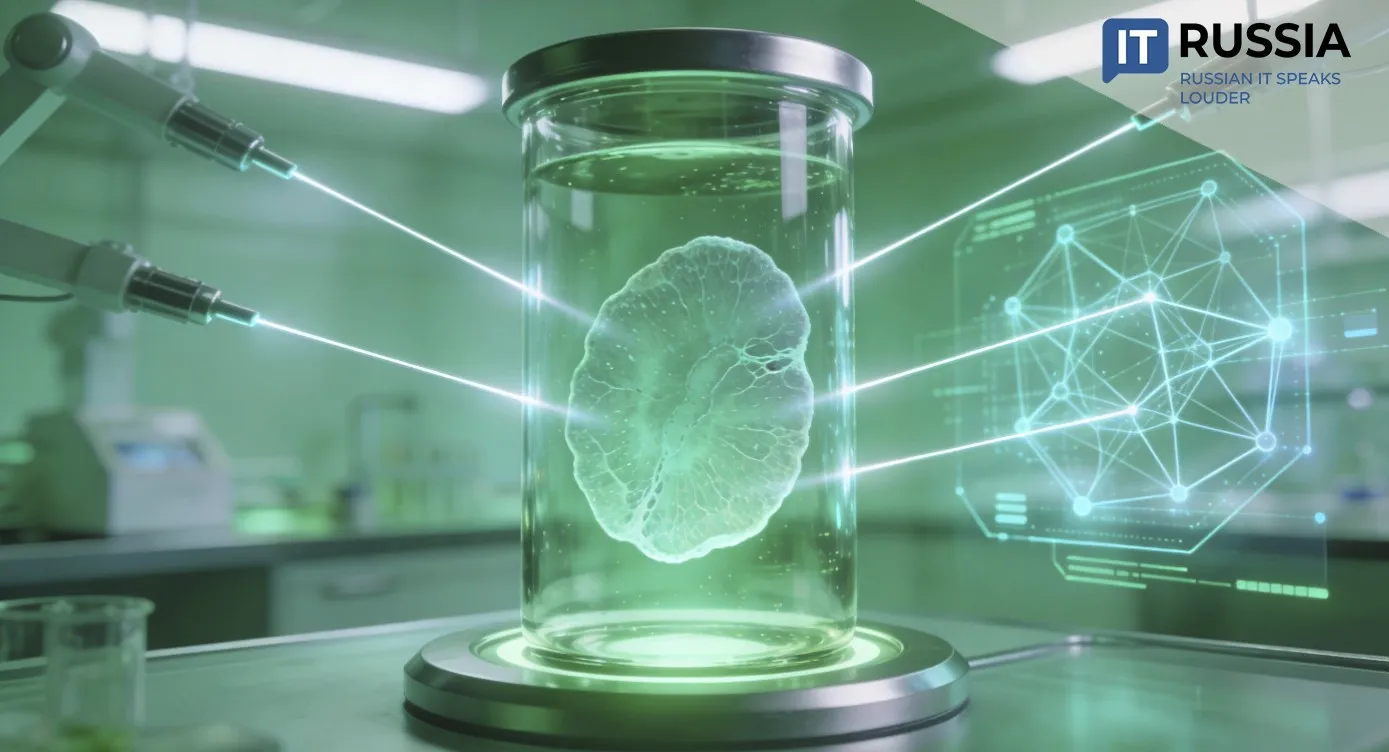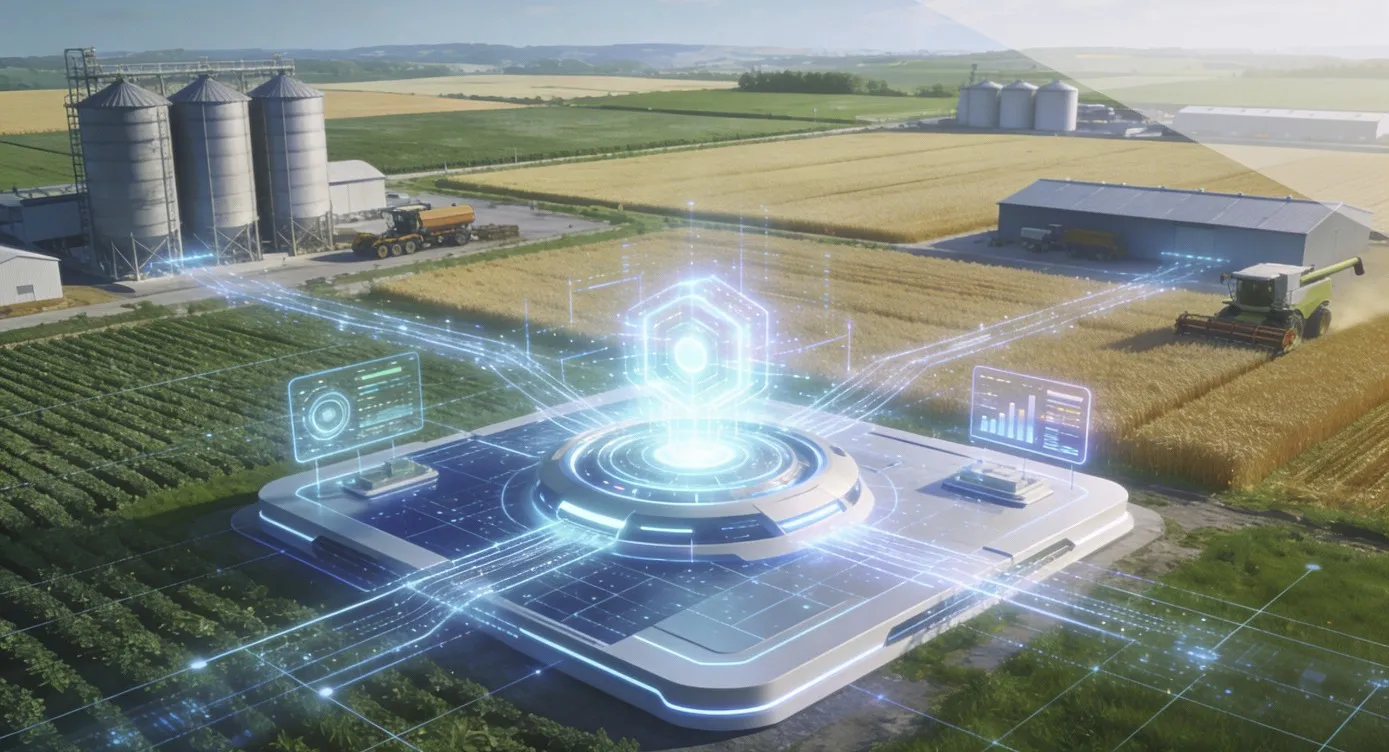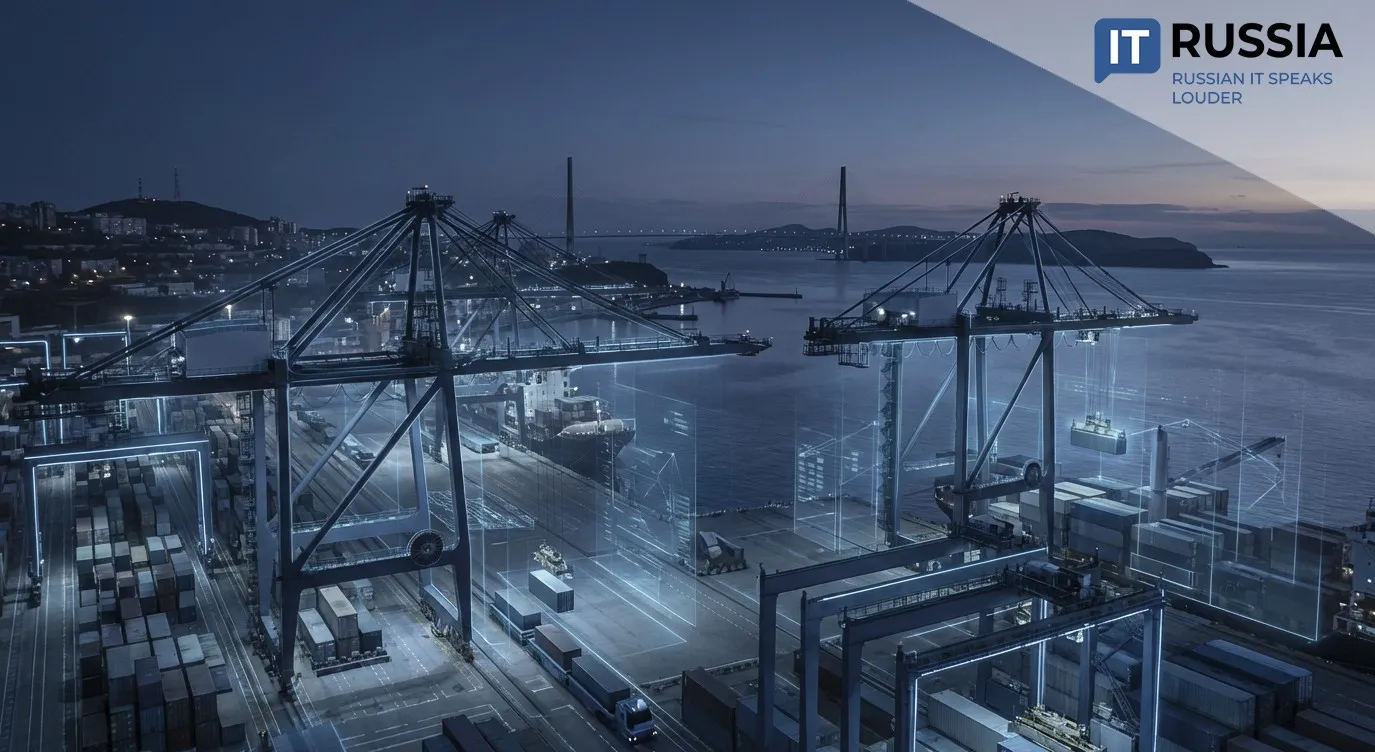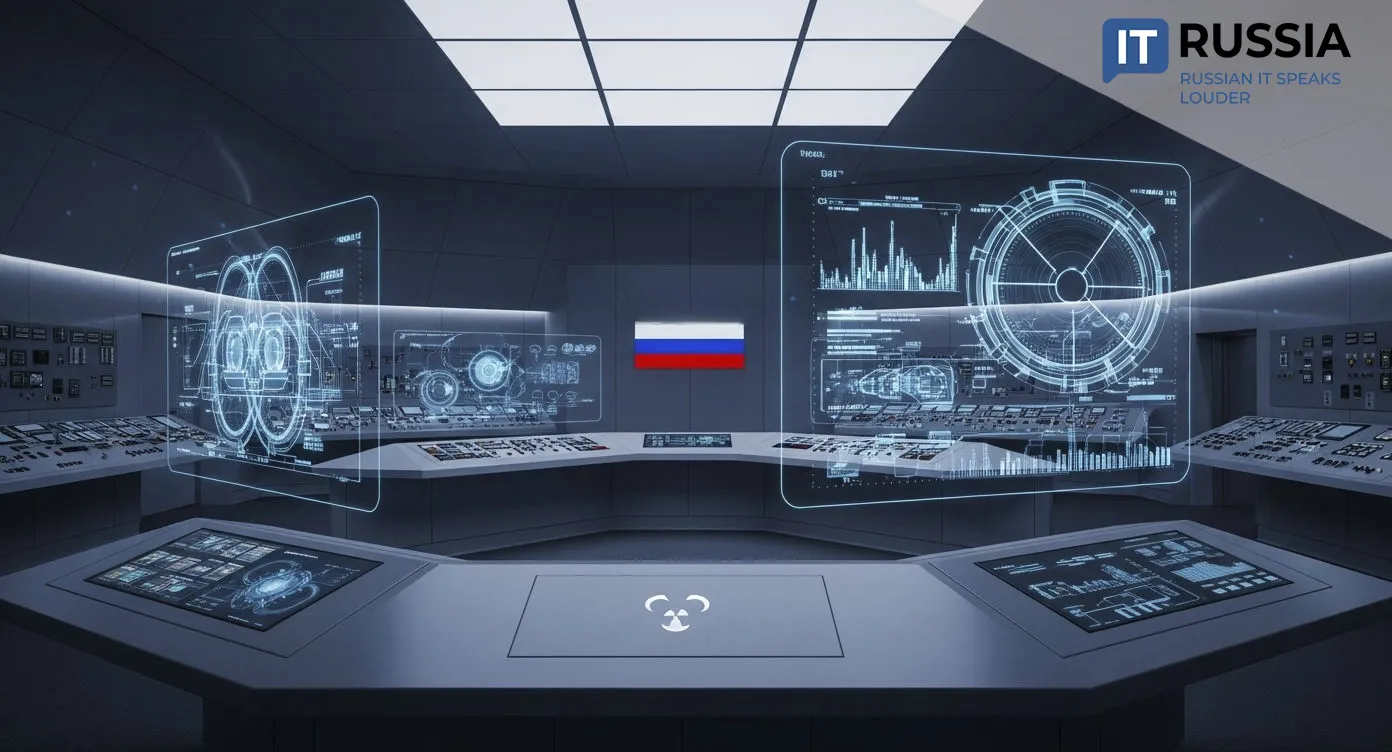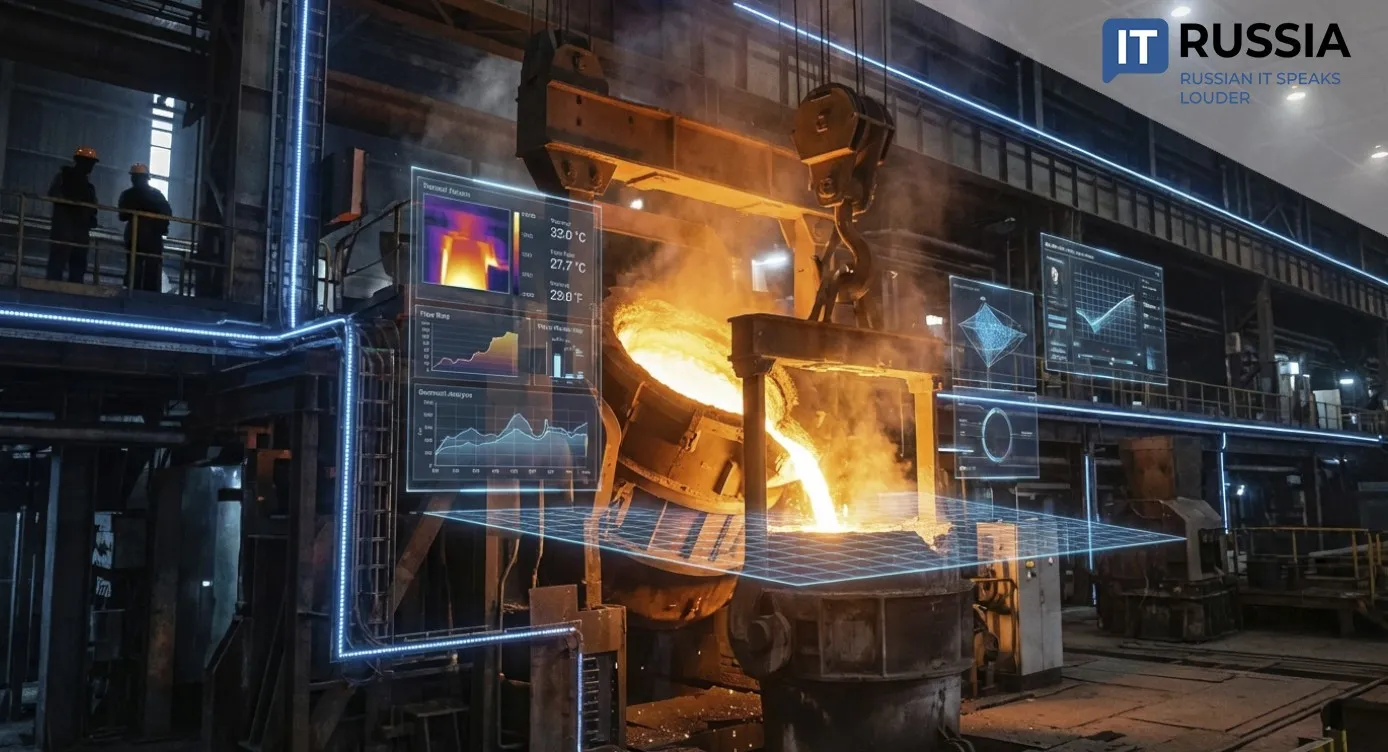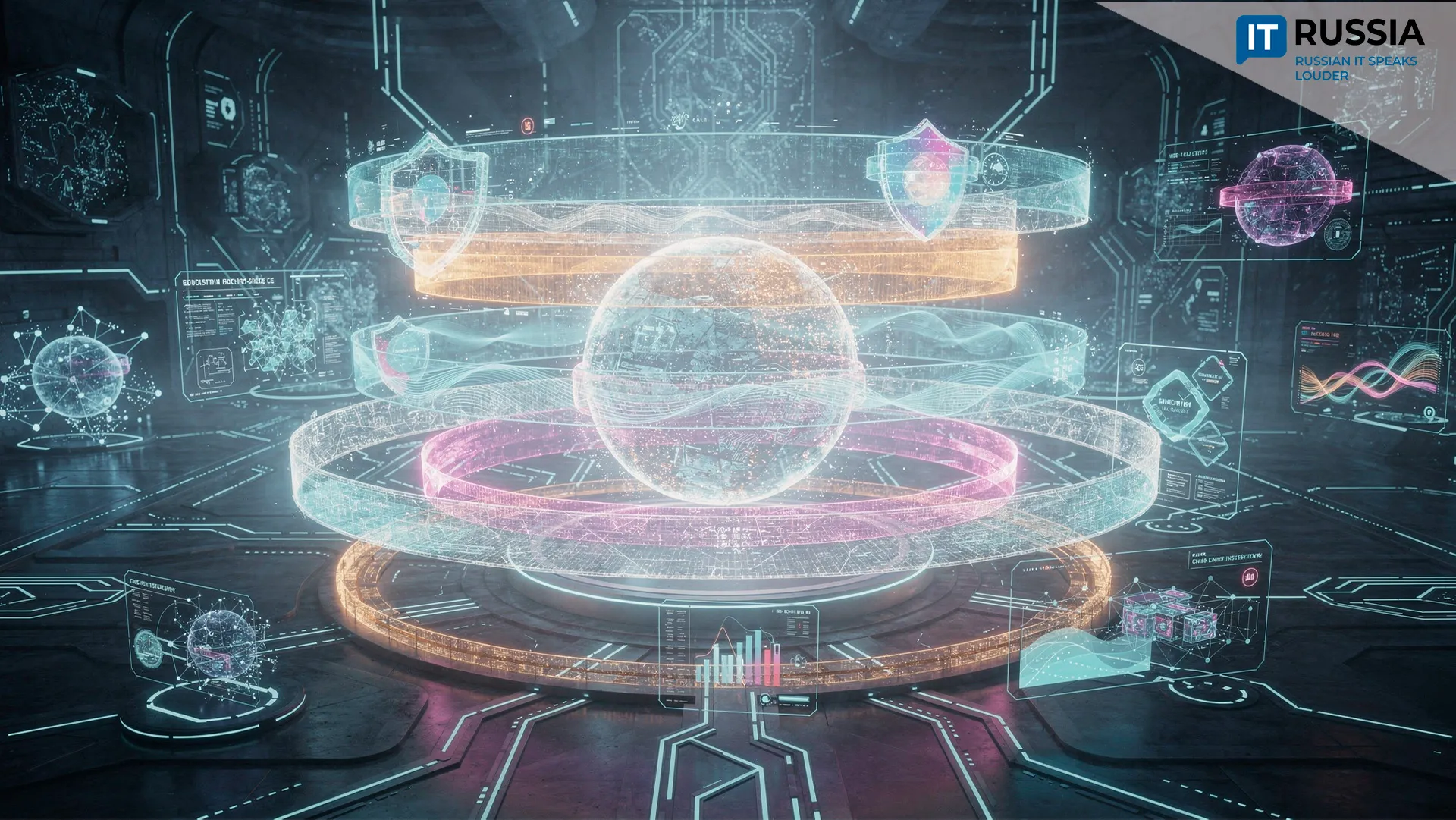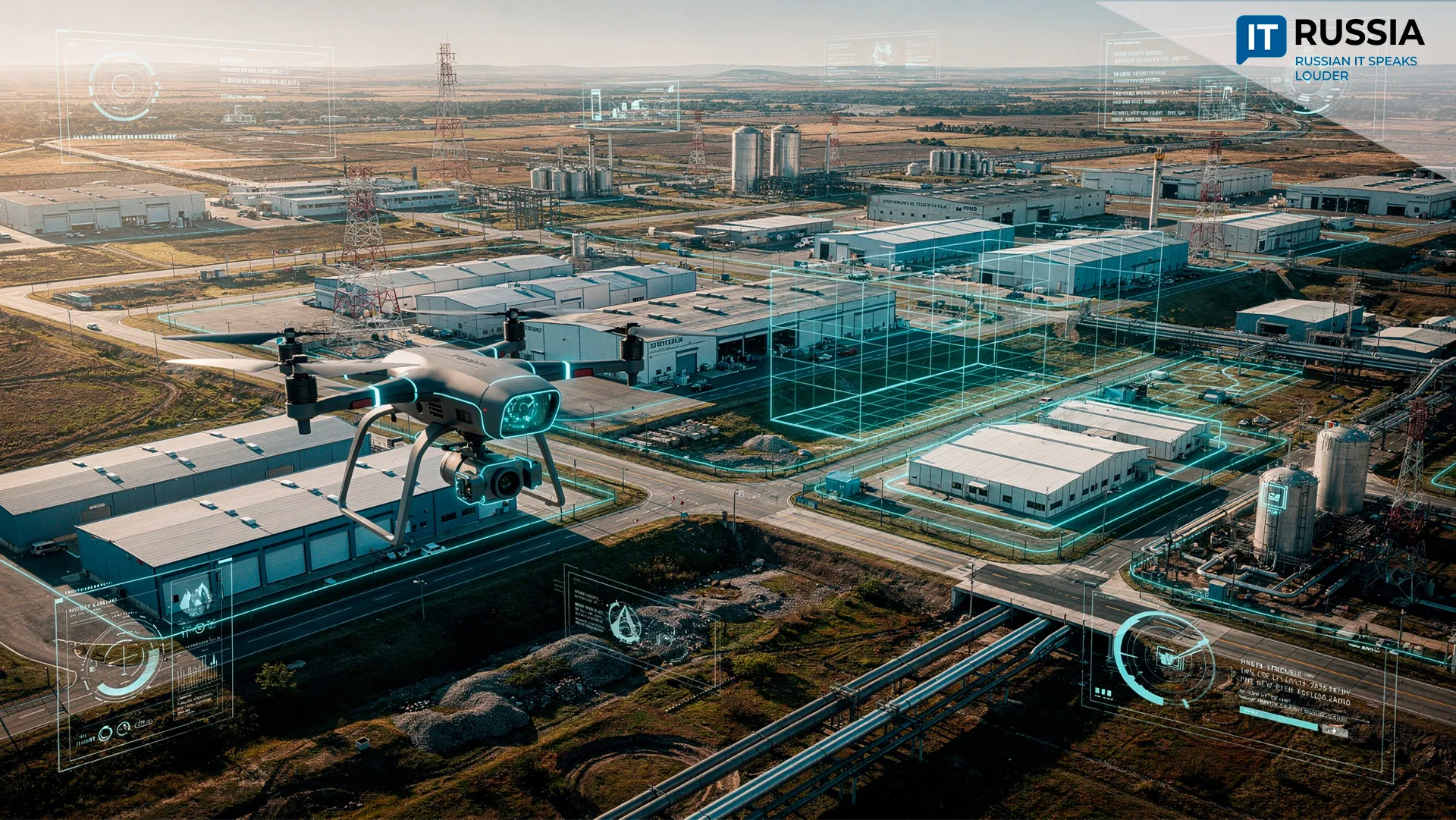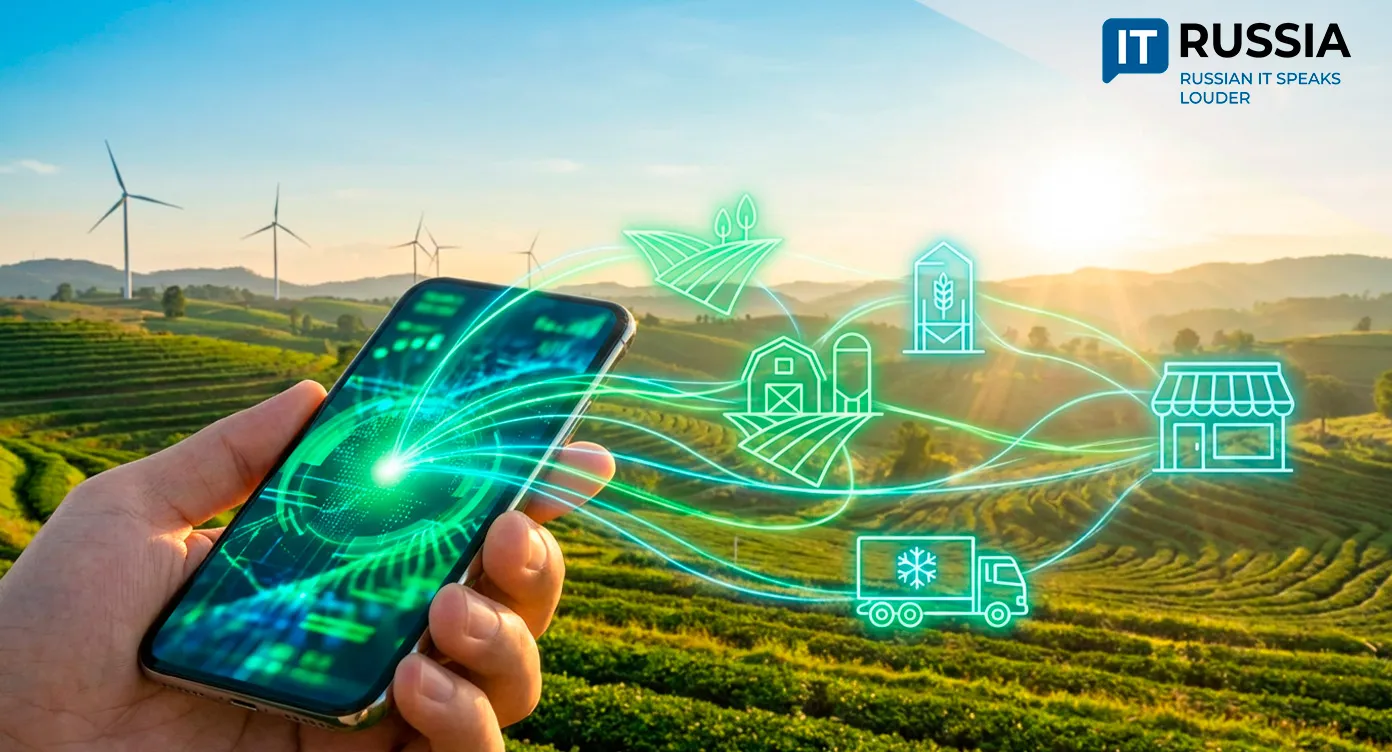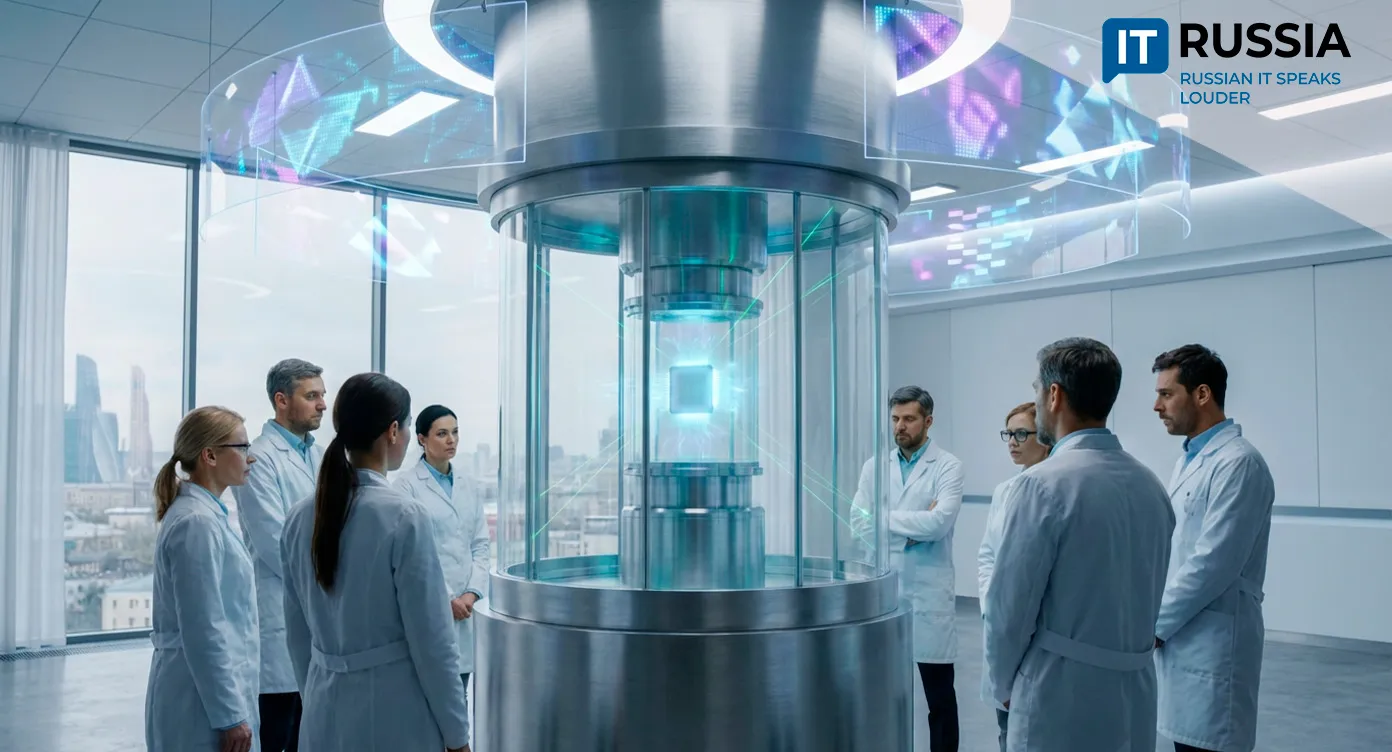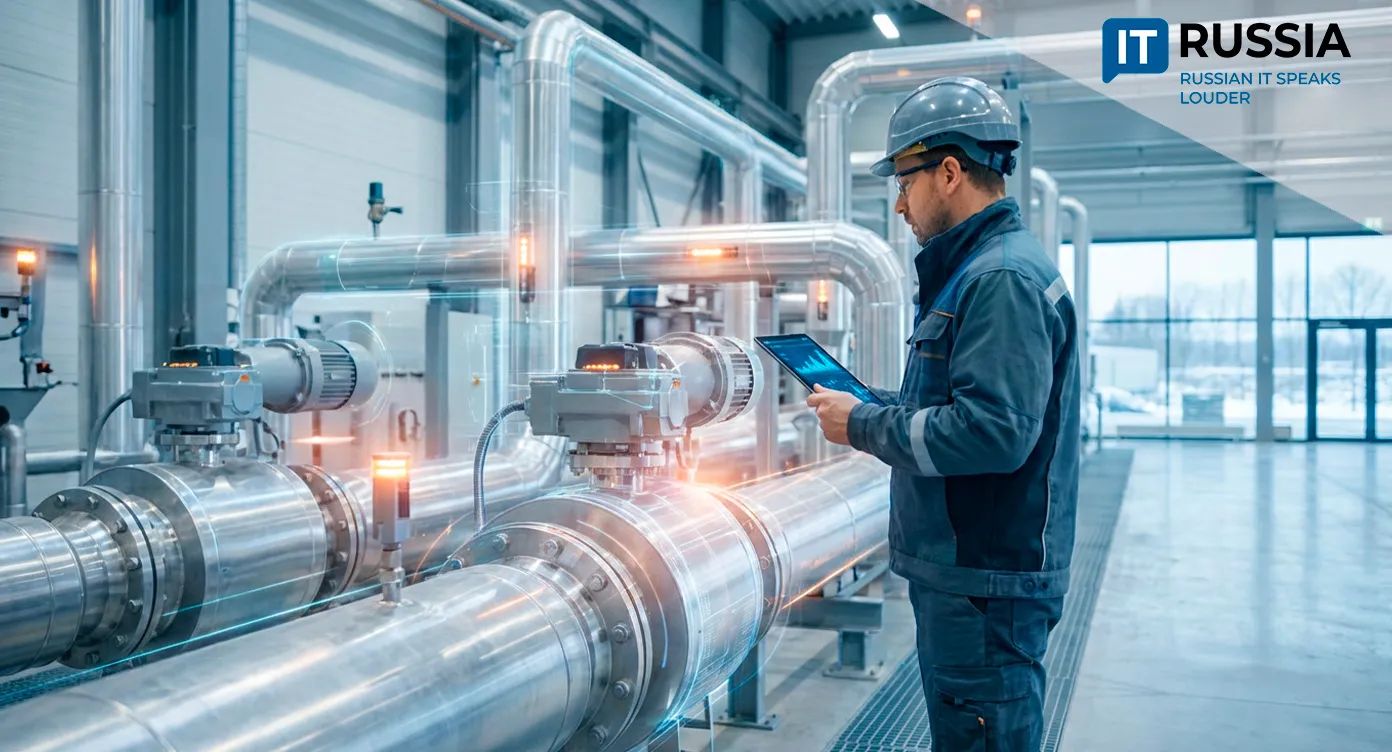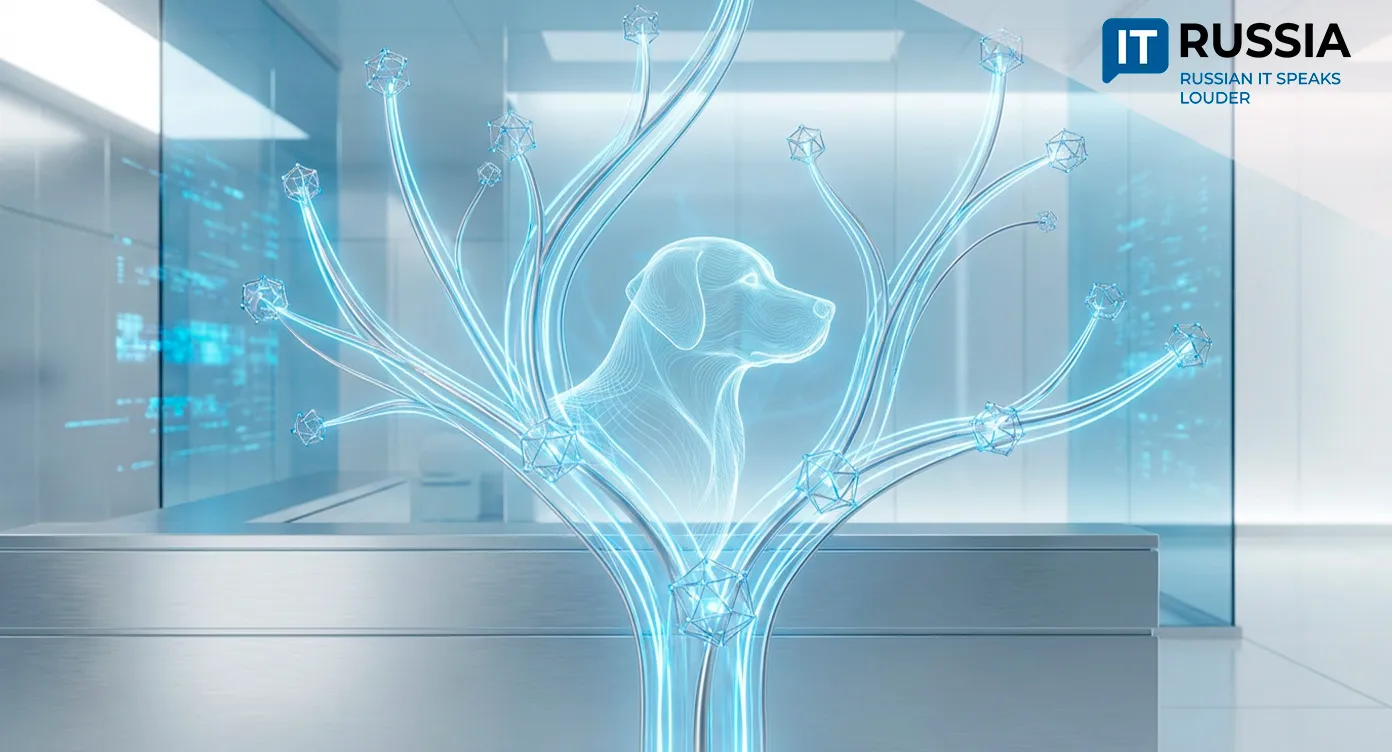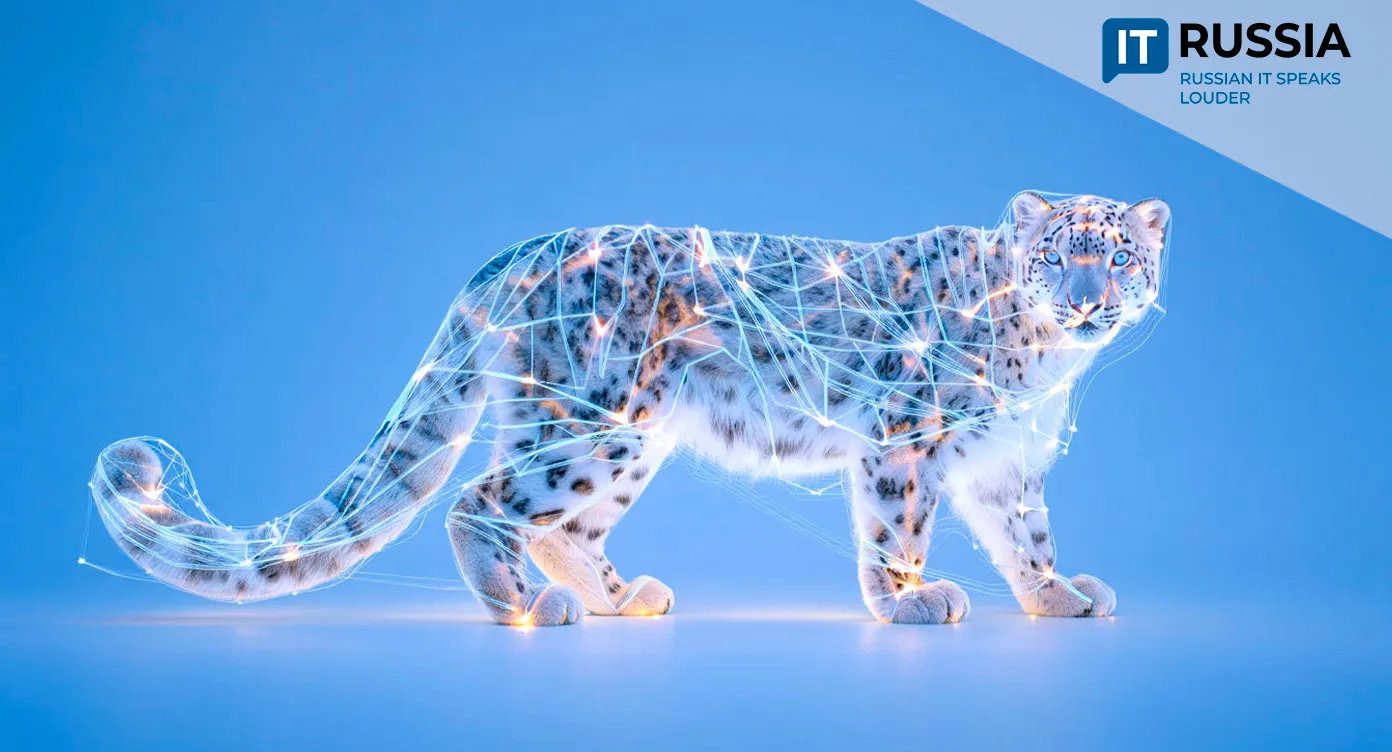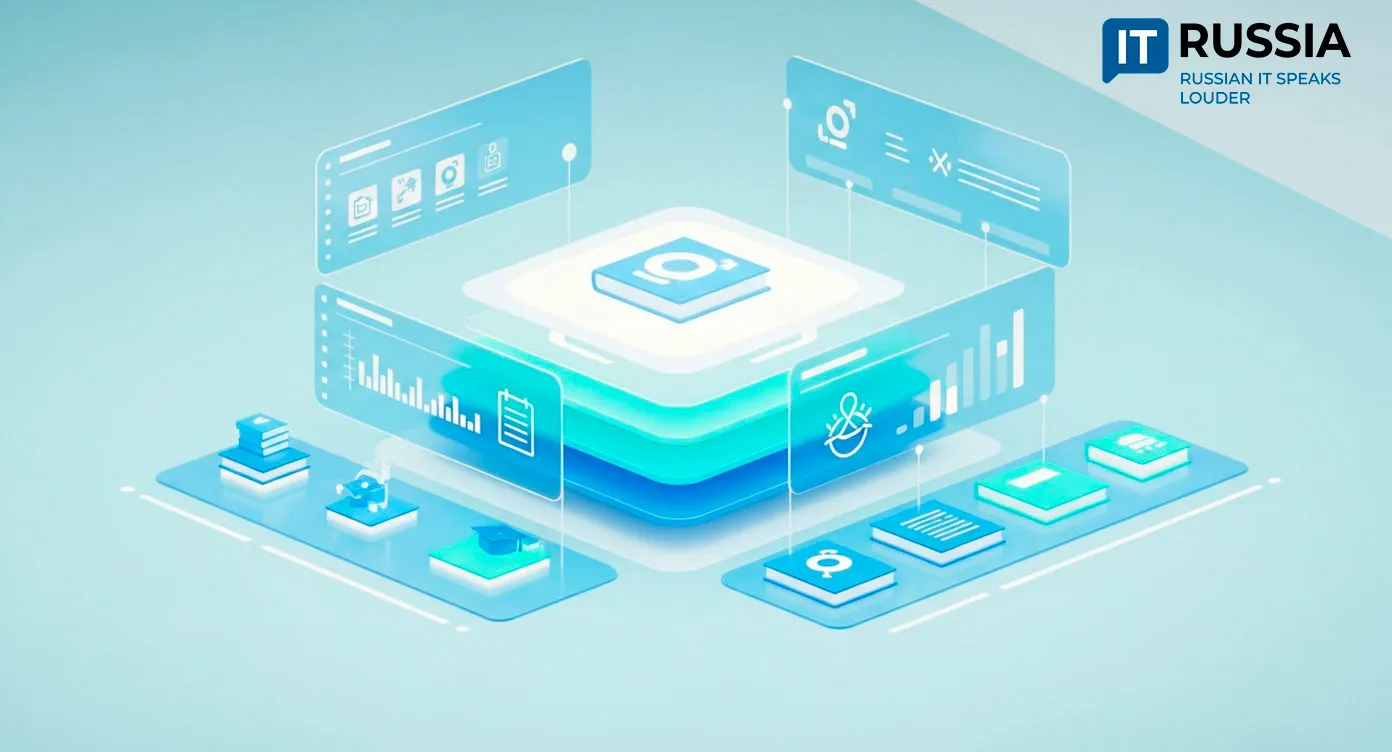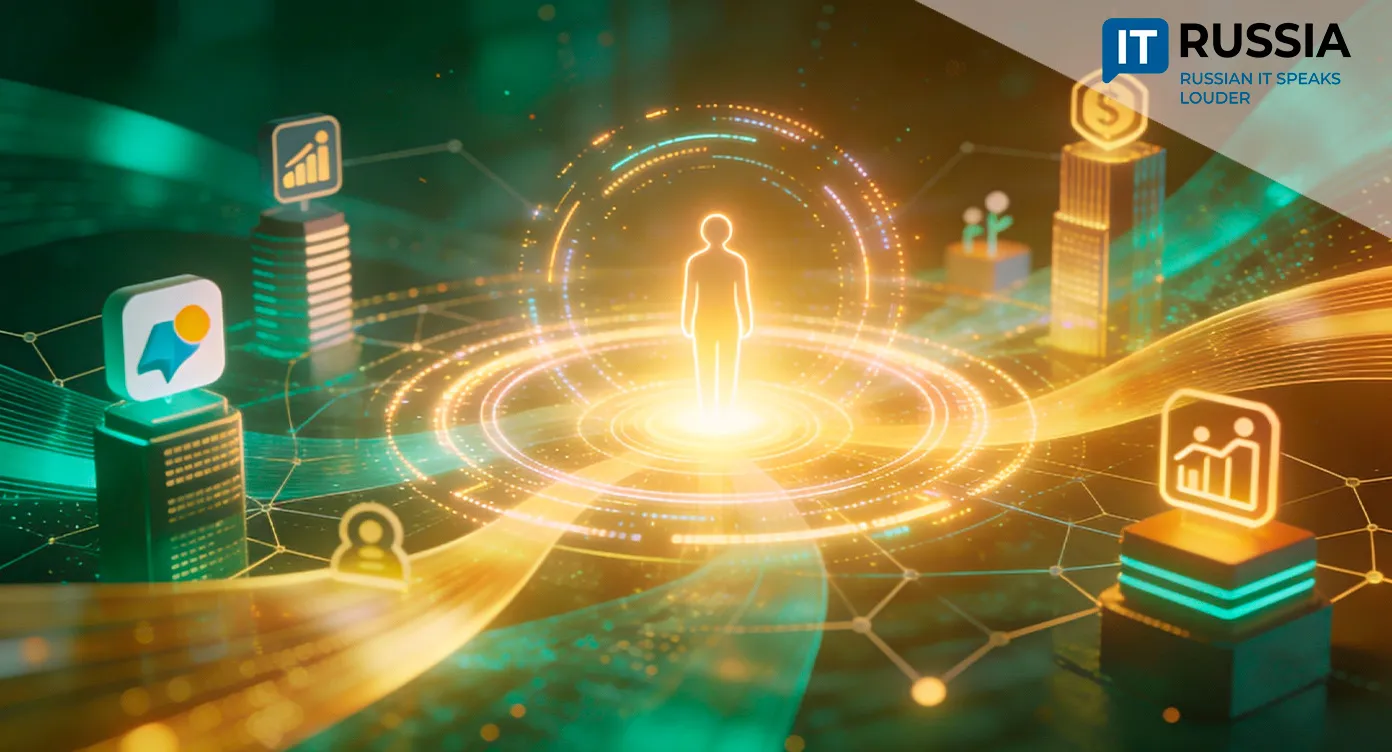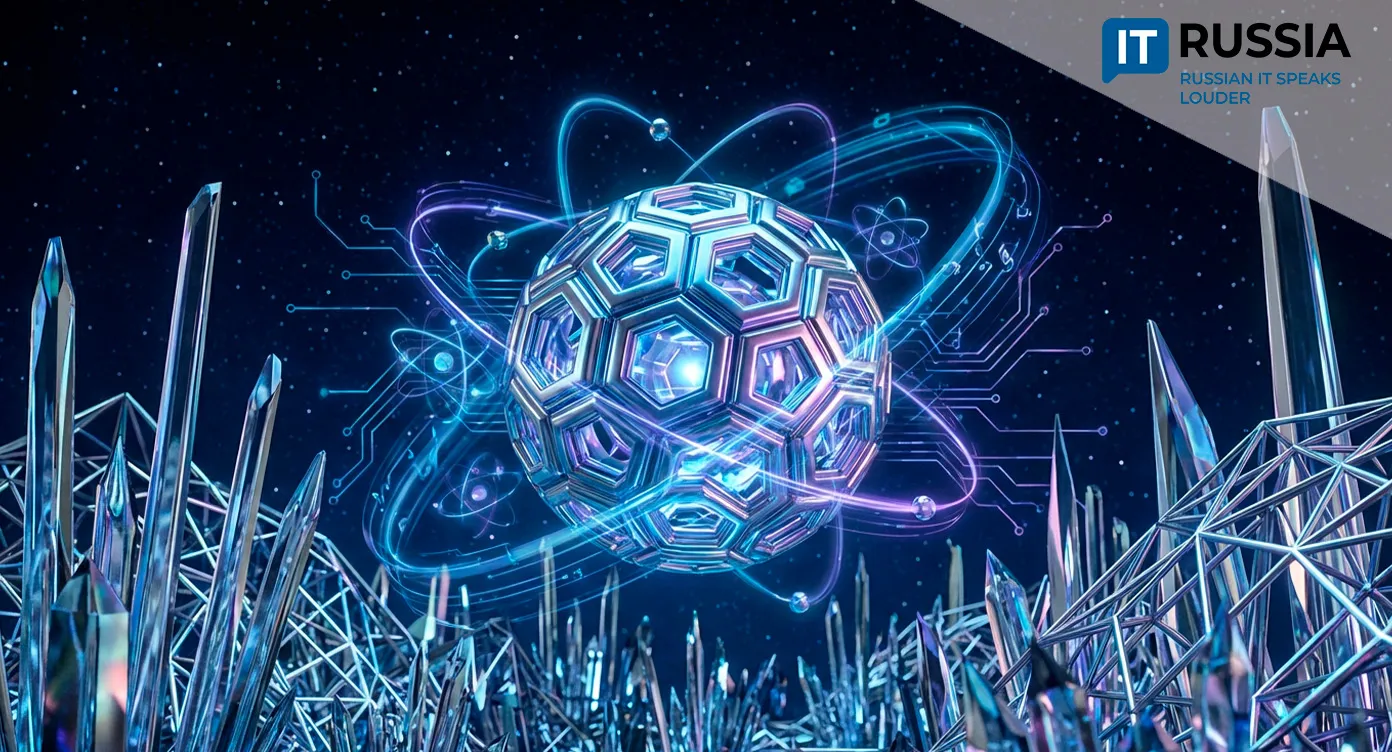Fish Farming Goes Digital: Russia’s Aquaculture Sector Embraces Modernization
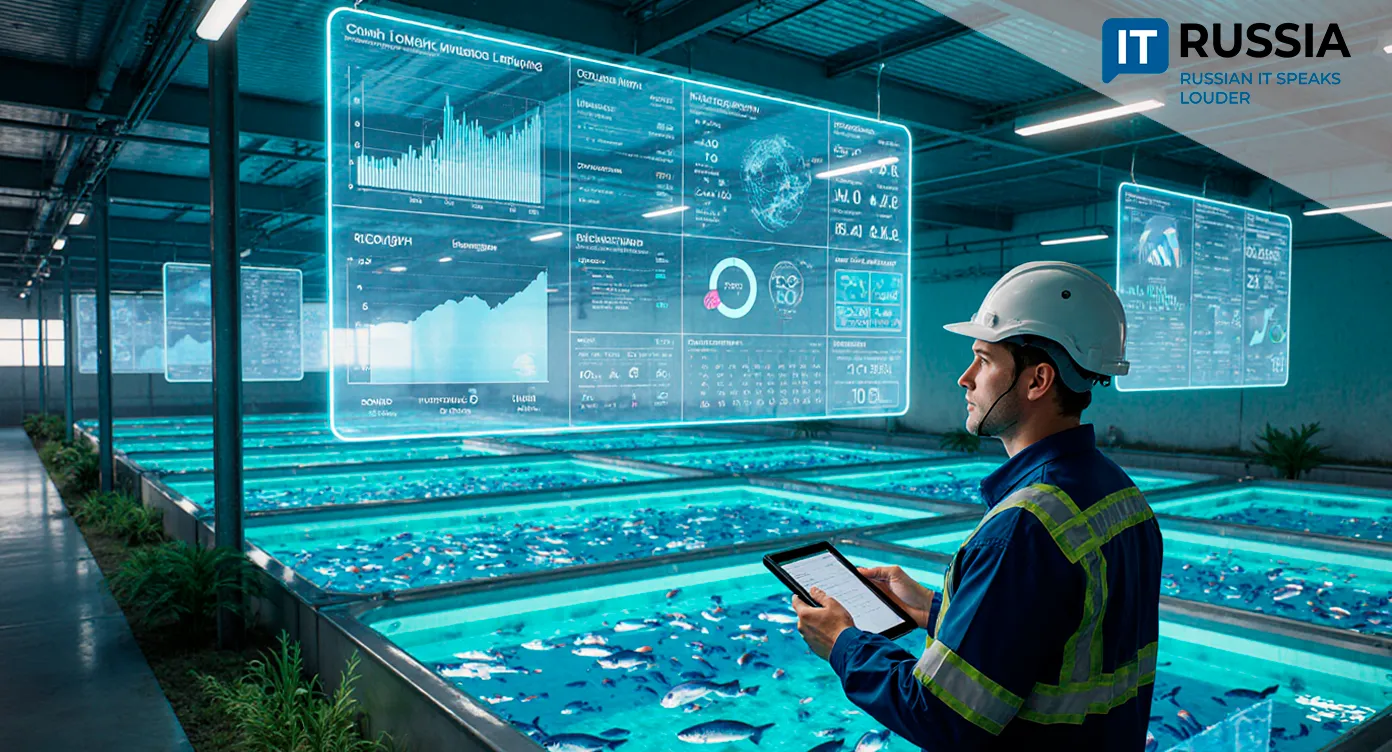
Russia is launching a nationwide program to digitize aquaculture, aiming to attract investment, streamline regulation, and double production volumes over the next decade.
Why Aquaculture Needs Digitalization
Aquaculture—one of the fastest-growing areas of global food production—is finally getting a long-awaited digital transformation in Russia. The initiative comes from the Public Council of the Federal Agency for Fisheries (Rosrybolovstvo) and the All-Russian Association of Fisheries Enterprises, Entrepreneurs and Exporters (VARPE), and is officially supported by regulators.
Today, all documentation for aquaculture—ranging from licensing to oversight—is still handled in paper form. Farmers must submit original documents confirming the release or extraction of fish to multiple supervisory bodies, a process that is time-consuming, costly, and a barrier to investment.
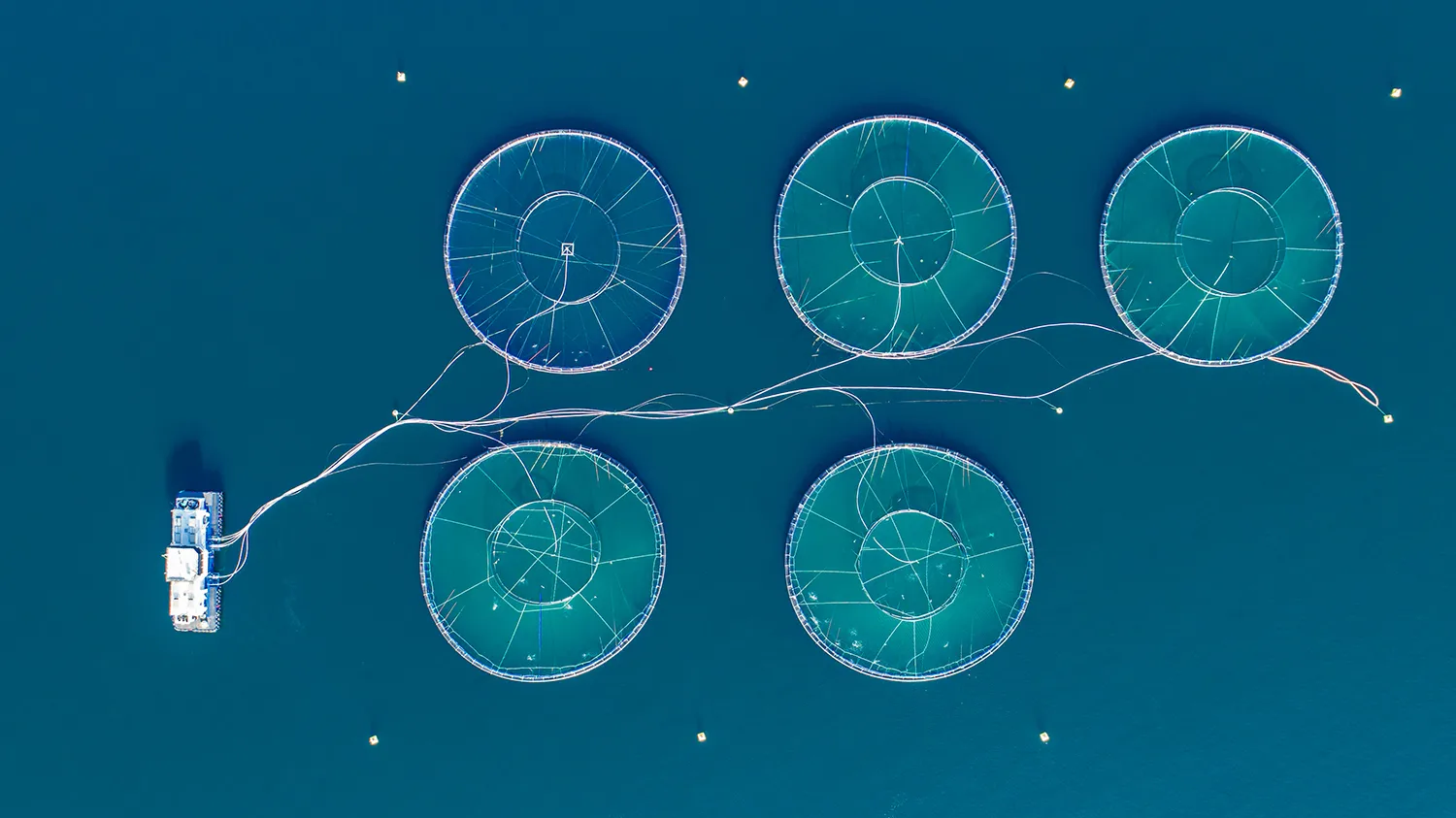
Even digital tools that exist, such as the 'Akvavostok' platform for selecting aquaculture sites in the Far East and Arctic regions, require significant modernization.
In 2024, Russia’s aquaculture output fell for the first time in a decade, down 5% year-on-year to 380,600 tons. Producers blame excessive regulation, saying it deters new entrants and prevents the industry from reaching its full potential.
Lessons from Wild-Catch Fisheries
A sharp contrast can be seen in Russia’s commercial fishing sector, which has already gone digital. Fishing enterprises have successfully transitioned to electronic permits, e-reporting, and real-time vessel monitoring. This has reduced costs, improved transparency, and strengthened oversight.
Aquaculture experts believe the same success is achievable if similar systems are implemented. Rosrybolovstvo has confirmed that digitalization work is starting, with a task force to be established and a roadmap of specific technical goals.
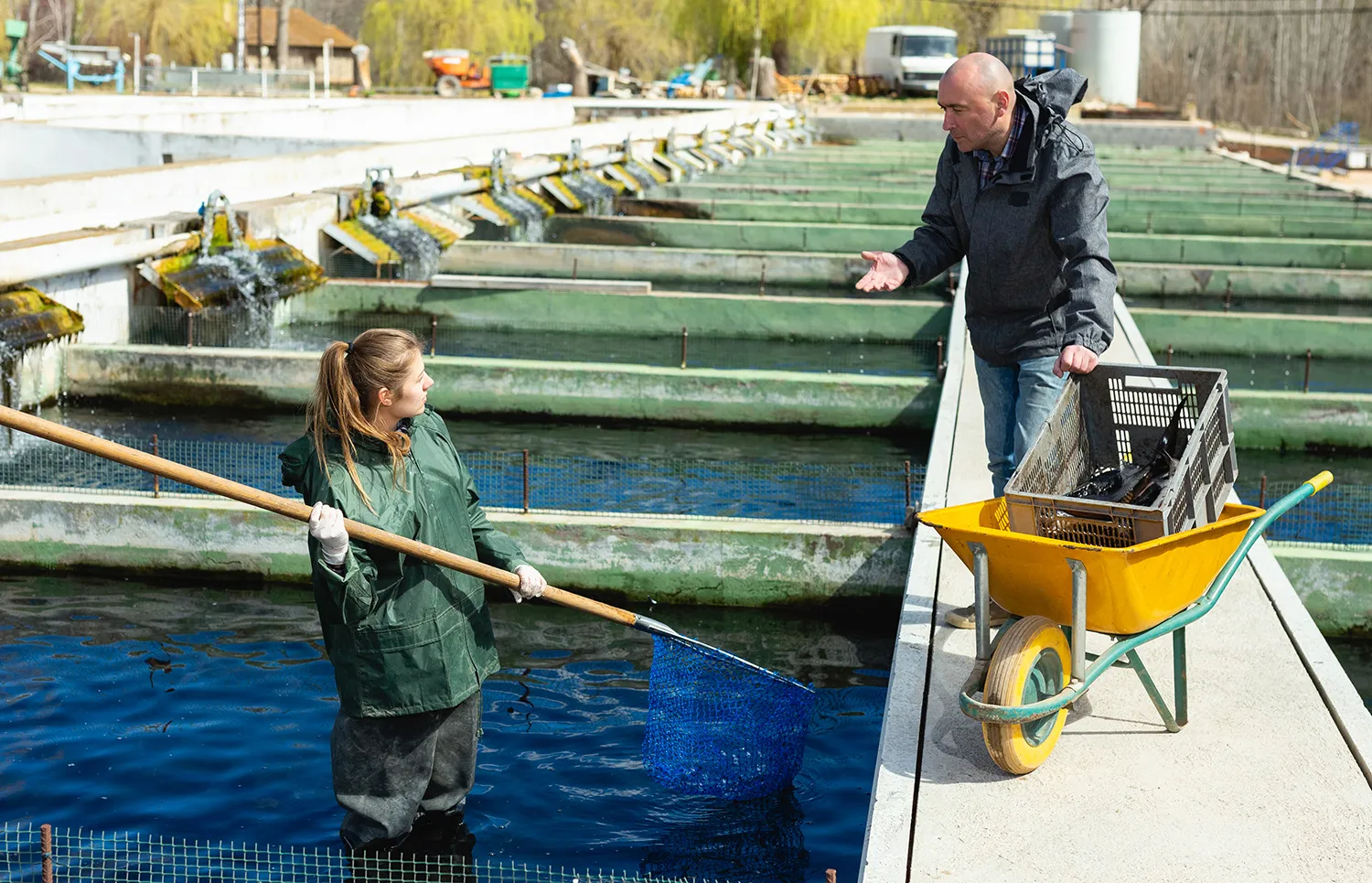
Driving Investment and Growth
Globally, aquaculture is seen as a strategic industry, as ocean fisheries reach ecological limits. Russia plans to increase aquaculture production to 700,000 tons by 2030, almost doubling today’s levels.
Digitalization could make the sector more attractive to small and medium-sized businesses by ensuring transparent, user-friendly interaction with regulators. Large-scale retailers such as X5 and Magnit require suppliers capable of delivering at least 1,500 tons annually. Most small farmers, producing 50–500 tons, cannot meet these thresholds. With digital tools, scaling becomes possible, and larger players can emerge.
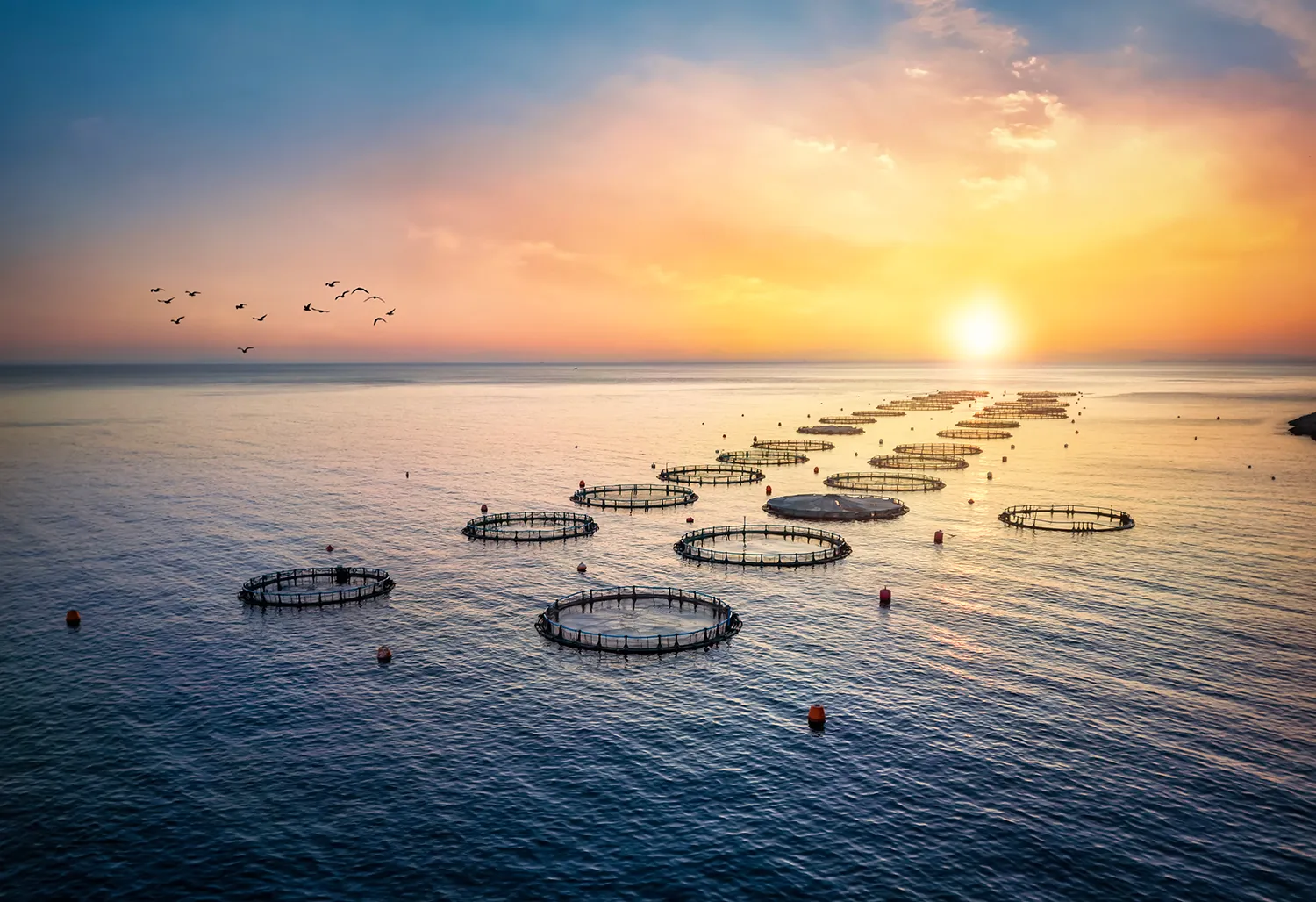
Future projects will rely on advanced technologies such as FEED engineering design and automated recirculating aquaculture systems (RAS). These solutions allow for industrial-scale farming with controlled environments, improving efficiency and ensuring competitiveness on global markets. Russian exporters expect demand from CIS countries and nations with limited access to ocean fisheries.


